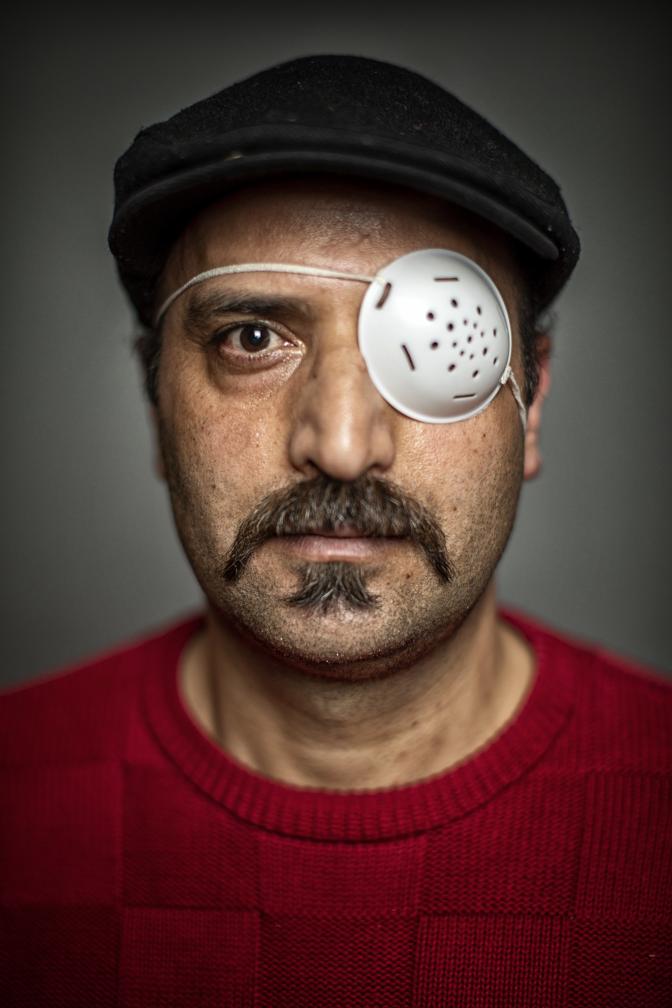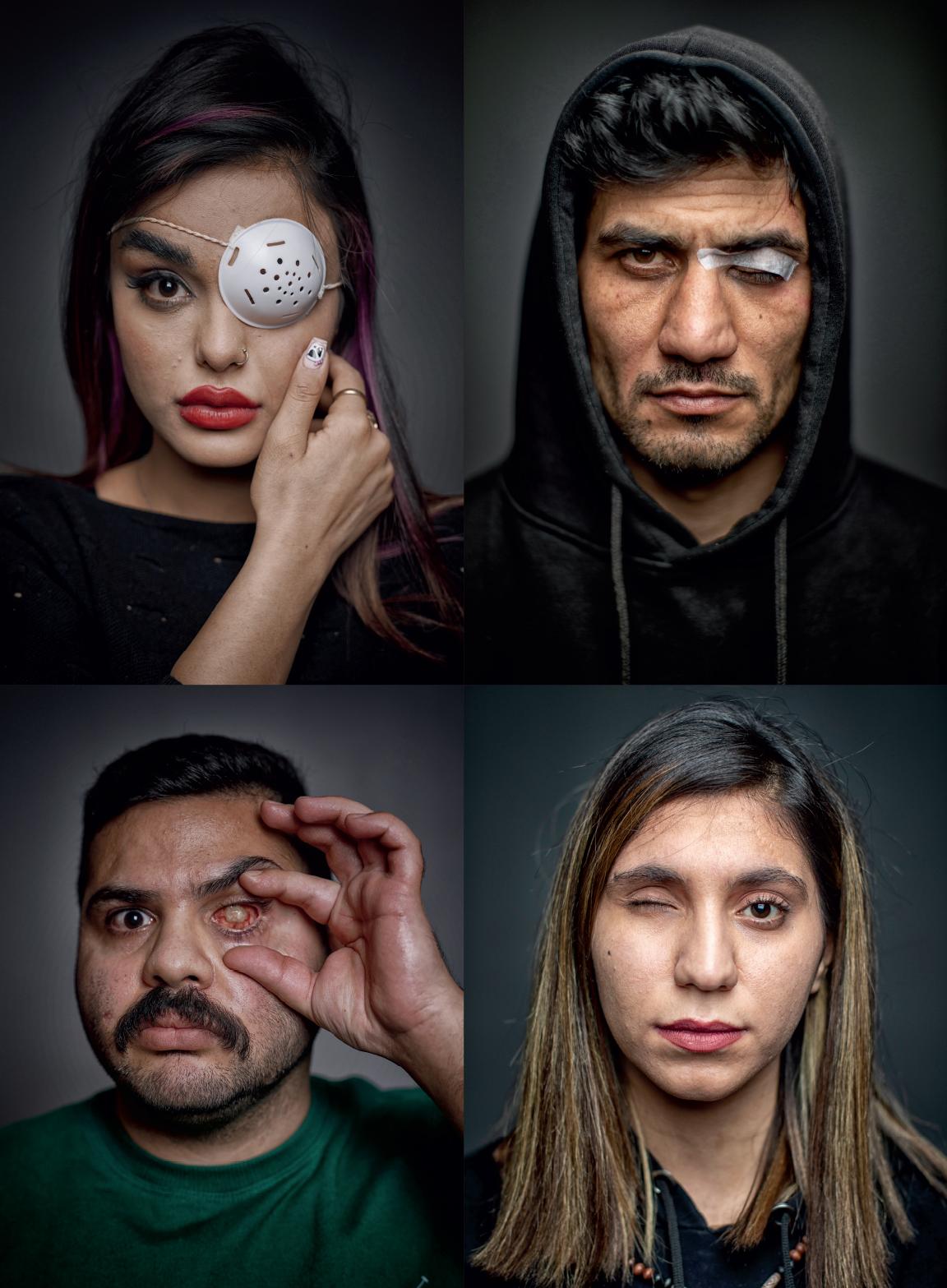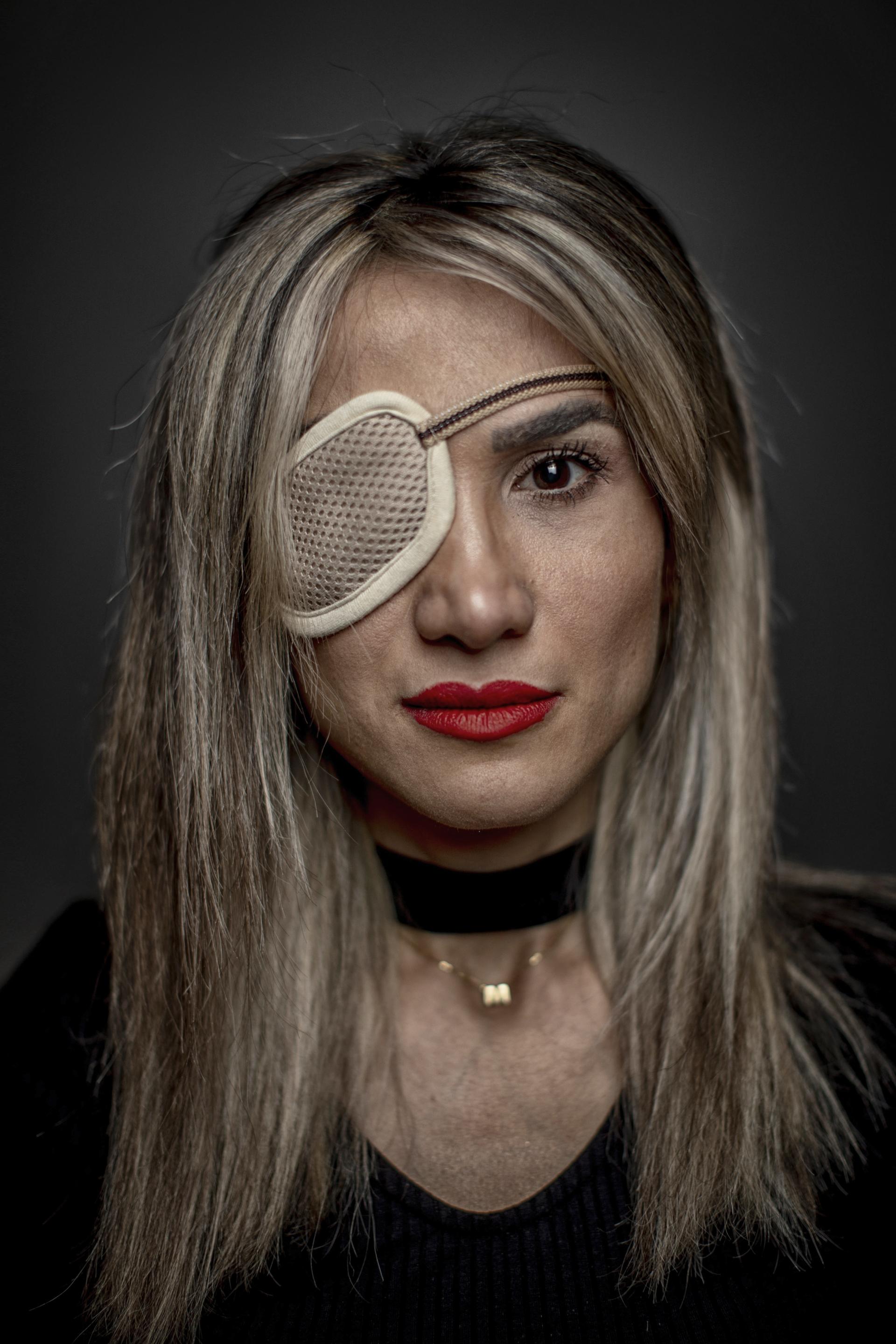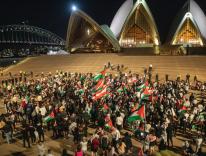On September 16 of last year, a twenty-two-year-old student named Mahsa Amini died in a hospital in Tehran after being arrested by Iran’s morality police for having failed to wear her hijab correctly. Witnesses said the police had beaten her severely. Amini’s death set off mass demonstrations throughout Iran. There had been similar protests in the years since 2009, but none as large or widespread as these: tens of thousands of people have taken to the streets in more than 130 cities and towns. According to the Human Rights Activists News Agency, the Iranian government has arrested almost 20,000 Iranians and killed at least 527 (including 71 children) since the protests began.

More than five hundred protesters have suffered serious eye injuries after security forces fired “birdshot”—rubber bullets or metal pellets—at their heads. Medical records from several hospitals and clinics show that the range of injuries includes mutilated retinas, severed optic nerves, and punctured irises. Many protesters have no choice but to seek treatment in government-run health-care facilities, which are often patrolled by security forces. Some of the wounded have been denied treatment, and others have been arrested after surgery, according to lawyers and doctors.
Many of the young Iranians who have lost an eye say they do not regret participating in the protests. Kowsar (Mahbanou) Khoshnoudi-Kia, a member of the women’s national archery team whose left eye was blinded during a protest in Kermanshah in December, said in a video post, “I don’t feel miserable because of what happened. I lost some things but gained many others.”
On her Instagram feed, Ghazal Ranjkesh, a law student from the southern city of Bandar Abbas, posted a photo of her face with dozens of wounds caused by birdshot pellets. The photo is captioned, “Why did you hit me? Why were you smiling when you shot at me? I had very beautiful eyes, everyone was telling me that.” So far, the government has done nothing to prevent such injuries; the security forces continue to fire “birdshot” at protesters. Meanwhile, doctors who have spoken out against this barbaric crowd-control method have been threatened, dismissed, or even arrested.
These photographs were taken by an Iran-based photojournalist who must remain anonymous for his own safety.

Top left: Zoha, a tattoo artist, is twenty-five years old and lives in Isfahan, Iran. On October 1, she was shot in the left eye during the anti-regime protests in Isfahan, permanently losing her vision in that eye.
Top right: Yaser is thirty-six and lives in Hamedan, Iran. He is a plasterer by trade. He lost his eye during a protest in Hamedan on September 20.
Bottom left: Mohsen is thirty-one years old and lives in Amol, Iran. He sells tombstones for a living. On October 26 of last year, Iranian security forces shot him in the left eye at an anti-regime protest in Amol.
Bottom right: Kowsar is a twenty-three-year-old actor who lives in Tehran. On October 12, she lost sight in one eye after being hit by pellets fired by Iranian security forces in Tehran.

Above: Behzad is forty-three years old and lives in Karaj, Iran. He is an accountant in a private corporation. On November 15, he lost his left eye after being shot at close range by a member of the security forces in Tehran.

Above: Mersedeh, a thirty-eight-year-old physical-education teacher living in Tehran, lost her right eye while protesting in October 2022.
Please email comments to [email protected] and join the conversation on our Facebook page.
Previous Story
The Eyes Have It
Next Story
A Life of Repose in the World to Come

